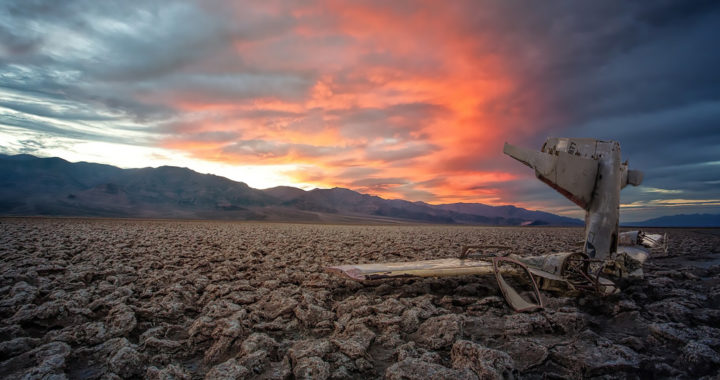A megadrought is different from a normal drought. It is specifically defined as a period of prolonged drought affecting a particular area or region lasting two decades or longer due to the absence of adequate rainfall and high temperatures.
The scientific literature describes this situation as decades-long droughts or multi-decadal droughts. Some publications and discourses use the term to describe multi-year or even single-year droughts with severe environmental and economic impacts.
It is important to note that megadroughts do not entail the total absence of rainfall or long periods of dry and hot climates. There can be shorter periods of wet weather and cooler temperatures but they are not enough to replace water losses due to longer periods of droughts.
Causes of Megadroughts
The causes of megadroughts in the past, especially prior to the emergence of industrial activities, have been considered natural. These past scenarios were triggered by natural fluctuations or normal cycles in the climate of the Earth.
For example, the American Southwestern region has been considered vulnerable to both droughts and megadroughts based on historical data due to the impacts of short-lived shifts in the temperature of the Pacific Ocean in the weather.
An oceanic and atmospheric phenomenon called La Niña that involves cooler than normal water temperatures in the tropical eastern Pacific Ocean was associated with past megadroughts in southwestern areas in North America during the medieval period.
Sahara has also undergone long periods of dry and wet weather over the last few hundred thousand years due to the changes in the tilt of the Earth transpiring in a 41000-year cycle and its impact on long-term monsoons in North Africa.
However, in modern times, the causes of megadroughts have been blamed on the ongoing climate crisis due to human-induced global warming and climate change. Consider the present megadrought in the United States as an example.
The southwestern areas in the U.S. that span from California to Colorado is experiencing drought for the last 22 years. These areas are also experiencing their worst drought in at least the last 1200 years. The situation has worsened in recent years.
High temperatures and low precipitation occurring in the summer of 2020 and summer of 2021 are the specific causes of the current U.S. megadrought. These conditions have been linked further to global warming due to human activities.
Impacts of Megadroughts
Megadroughts have the power to change the overall environment of affected areas because of their more specific effects on topography, particular bodies of water and the supply of water, local flora and fauna, and the level of biodiversity.
The Sahara was once a lush and green region in North Africa during the African Humid Period. It was covered by large tracks of grass and trees with swaths of lakes that made it conducive to human settlements and diverse flora and fauna.
Nevertheless, due to its desertification stemming from insolation induced by orbital changes, its water supply has dwindled which resulted in soil erosion and dried the lakes, thus compelling several local species to migrate to more conducive areas.
It is also important to highlight the fact that mass migration is one of the most notable impacts of megadroughts on the human population. Megadroughts in parts of Africa and Asia about 17000 years ago resulted in the mass migration of humans to wetter regions.
Long periods of droughts have also been linked to the collapse of several pre-industrial civilizations. These include the Ancestral Puebloans of the North American Southwest, the Khmer Empire of Cambodia, and the Mayan of Mesoamerica.
Experts believe that current droughts and megadroughts will fuel new waves of human migration due to their specific social and economic impacts while also creating problems as regards access to water or water scarcity and water stress, and food production.
FURTHER READINGS AND REFERENCES
- Jimenez-Moreno, G., Anderson, R. S., and Shinker, J. J. 2021. “ENSO, Sun and Megadroughts in SW USA During the Last 11000 Years.” Earth and Planetary Science Letters. 576. DOI: 1016/j.epsl.2021.117217
- Smirnov, O, Lahav, G., Orbell, J., Zhang, M., and Xiao, T. 2022. “Climate Change, Drought, and Potential Environmental Migration Flows Under Different Policy Scenarios.” International Migration Review. DOI: 1177/01979183221079850
- Williams, A. Park, Cook, B. I., and Smerdon, J. E. 2022. “Rapid Intensification of the Emerging Southwestern North American Megadrought in 2020-2021.” Nature Climate Change. 12. DOI: 1038/s41558-022-01290-z

